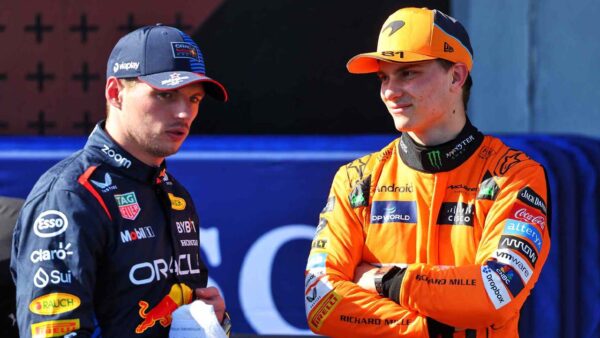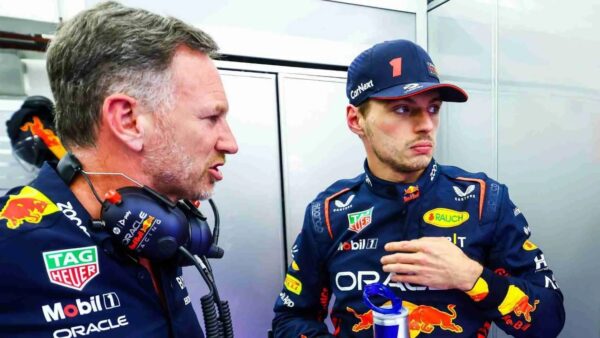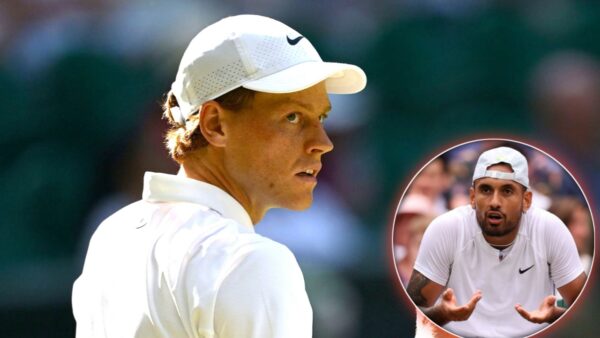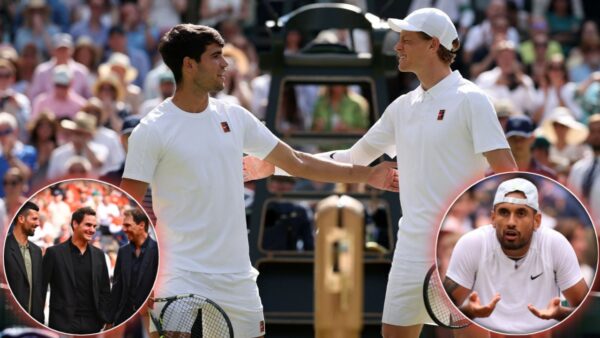FIA breaks silence on backlash over limited post-race inspections following Lewis Hamilton and Charles Leclerc’s disqualification at COTA
The wearing of the skid block has probably resulted from the stiff bumps at COTA.

Lewis Hamilton and Charles Leclerc (Via IMAGO)
🔍 Explore this post with:
In the wake of the controversial disqualification of Lewis Hamilton and Charles Leclerc from the US Grand Prix, the FIA has finally addressed the growing backlash. The disqualifications were based on a violation of Article 3.5.9 e) of the FIA’s technical regulations, specifically concerning the rigidity and thickness of the car’s floor. The floors of their cars were found to be excessively flexible, potentially providing them with an unfair competitive advantage.
The disqualifications sent shockwaves through the F1 world, sparking outrage and heated debate. Hamilton and Leclerc took to Instagram with a joint post captioned “mood,” capturing their evident frustration. Fans joined in the chorus of disapproval, condemning the FIA’s actions as unfair. Some argued that the labyrinthine technical rules had become overly intricate and punitive, casting a shadow over the sport’s integrity.
The FIA responded to the criticism, explaining their post-race scrutiny procedures. The statement read:
A series of random checks are carried out every weekend on different areas of the cars. This process has been in place for many decades, and exists to ensure compliance with the regulations...
The FIA has confirmed that their F1 technical team, with vast experience and data from multiple sources and sensors, guides compliance checks. Most cars are typically compliant:
However, as happened in Austin, breaches of the rules are occasionally found and reported to the Stewards, who decide the appropriate action to take.Discover: Mercedes executive calls Lewis Hamilton’s US GP disqualification an ’embarrassment’ [/related_content
The FIA asserts that inspections are carried out between qualifying and the race
The FIA recognizes that time and logistics, particularly during consecutive race weekends, pose challenges. These limitations prevent a thorough examination of every aspect of every car. Nonetheless, the FIA defends its random selection approach for post-race checks, which is crucial for preserving fairness and integrity. Teams understand they may face inspection anytime, serving as a powerful deterrent against rule violations.
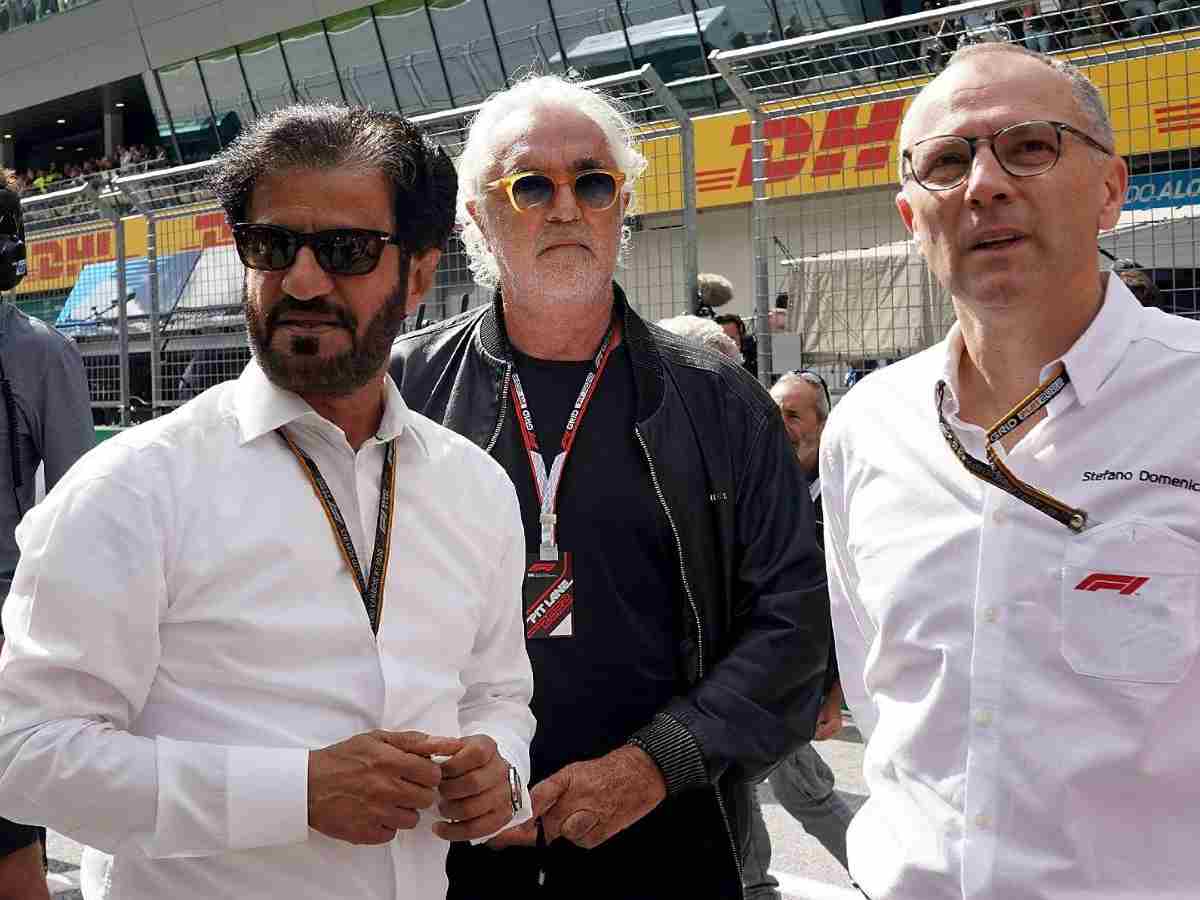
Apparently, the scrutiny doesn’t stop at post-race and post-qualifying checks as:
The FIA also conducts additional examinations between qualifying and the race, and as well as the number of cars selected for post-race checks, at least one is selected for an even more detailed analysis on internal components.
This process guarantees that physical components match CAD files supplied by teams and that the FIA’s software engineers continuously monitor team data.
Lewis Hamilton and Charles Leclerc being disqualified from the 2023 US GP for their illegal cars shines a spotlight on the limitations of #F1’s scrutineering checks.
— Autosport (@autosport) October 23, 2023
Here's why the FIA's pragmatic approach is likely to have opened a can of worms ⬇️https://t.co/dBnCv6R7ma
In conclusion, while the disqualification of Hamilton and Leclerc generated significant controversy, the FIA’s response sheds light on their scrutineering procedures. These procedures, based on random checks, aim to ensure fairness and compliance with complex technical regulations. Nevertheless, the debate surrounding the intricacies of F1 rules and the FIA’s decision-making continues to roil the motorsport community.
In case you missed it:
- Fernando Alonso shields Lance Stroll from critics, claims he is ‘trying his best’ to help the Canadian
- Yuki Tsunoda admits he had a ‘heart attack’ at one point during the US GP due to AlphaTauri’s radio message

